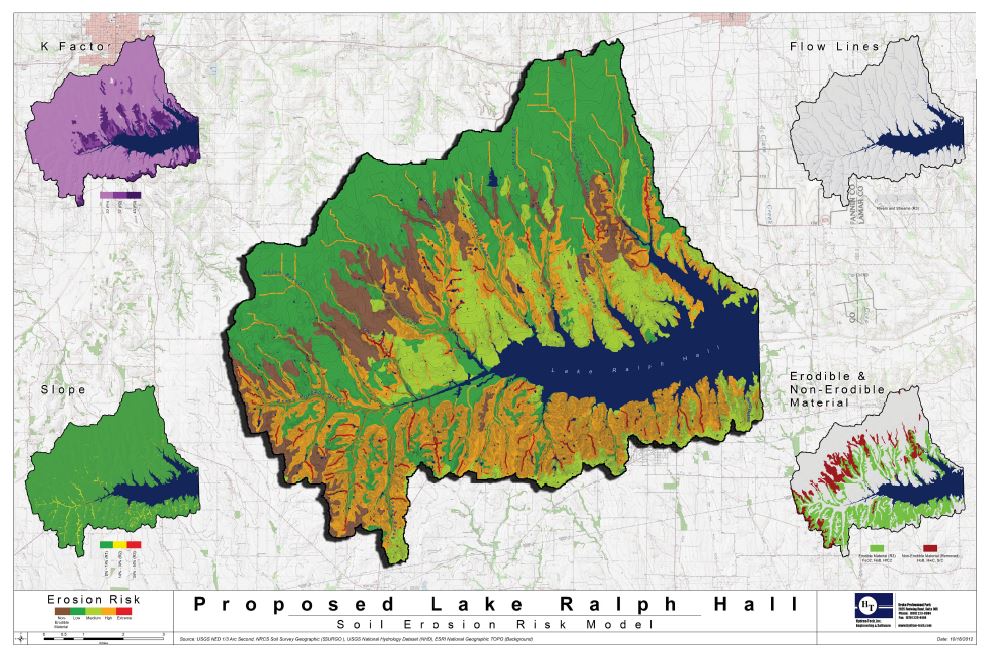Hydrau-Tech routinely uses drones for creating accurate and most up-to-date site topography needed for detailed hydraulic modeling. We also routinely use drone mapping for construction observations in documenting construction progress and accuracy of project implementations. In the following examples, drone inspections of scour countermeasure installation of Colorado department of transportation’s Structure G-25-F at 25 percent and 100 percent completion are shown. The drone inspection for the 25 percent completion was converted to a digital twin where installed rock sizes and constructed area measurements could be accurately verified.
Hydrau-Tech uses most up-to-date virtual reality technologies for site observations to collect detailed site information, optimizing construction strategies, and in order to identify best structure placement strategies to reflect concerns from various disciplines. This technology is also used in design stages for inspecting engineering designs at conceptual levels. Examples of Hydrau-Tech’s Virtual Reality applications are shown in the following.
Hydrau-Tech has completed numerous Geographic Information System (GIS) projects and uses GIS software to address a variety of geospatial issues. Hydrau-Tech utilizes ESRI ArcGIS(c) software to produce interactive maps, geodatabases, and feature classes to meet client needs.
Relevant Projects:
Permanent Water Quality and Treated Area GIS Dataset Creation
Through several consecutive projects, Hydrau-Tech developed a comprehensive GIS geodatabase containing over 20,000 pieces of information to house all data pertaining to the Colorado Department of Transportation’s (CDOT) permanent water quality (PWQ) structures throughout the state. The contents of the geodatabase included a point feature class displaying the locations of the structures, a polygon feature class displaying the approximate drainage area of each structure, and all available technical files (as-builts, maintenance manuals, site visit logs, etc.) related to the structures.
Lake Ralph Hall Sedimentation Study
Hydrau-Tech used GIS software to conduct sedimentation accumulation studies for the proposed Lake Ralph Hall reservoir in Fannin County near Ladonia, Texas. The study focused on assessing the sedimentation potential of the upper North Sulphur River watershed in order to determine the impact it could have on the usable capacity of the new reservoir. The map below was produced using ArcGIS and displays the soil erosion risk of the project area accounting hydrologic, hydraulic, topographic, erodibility of sediments and land-use practices.



